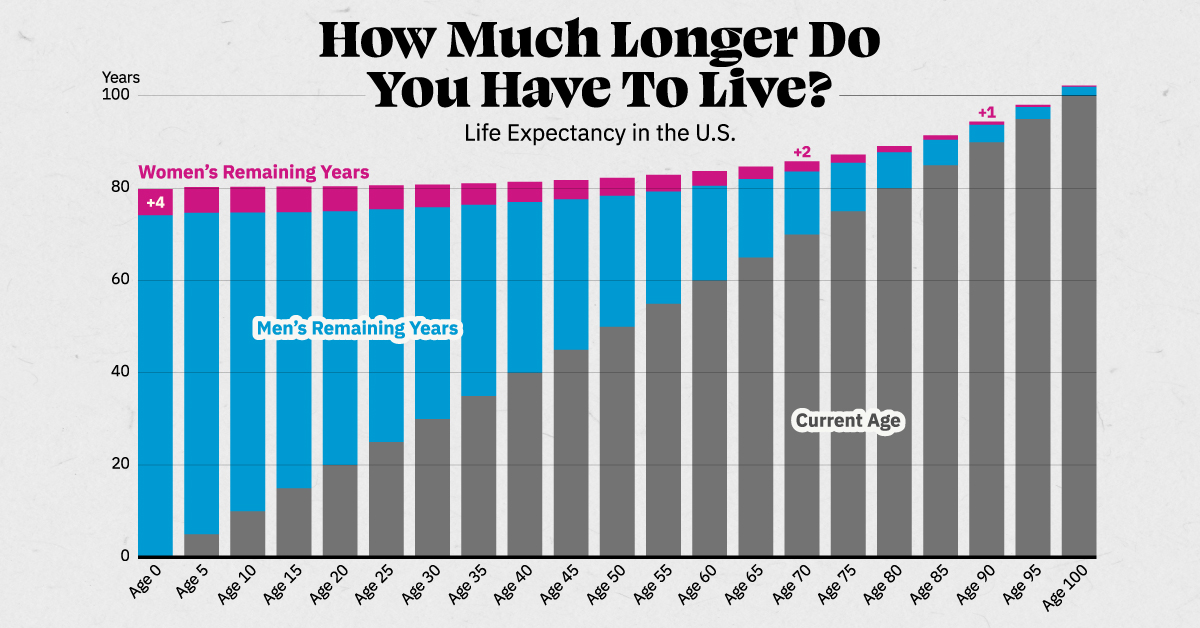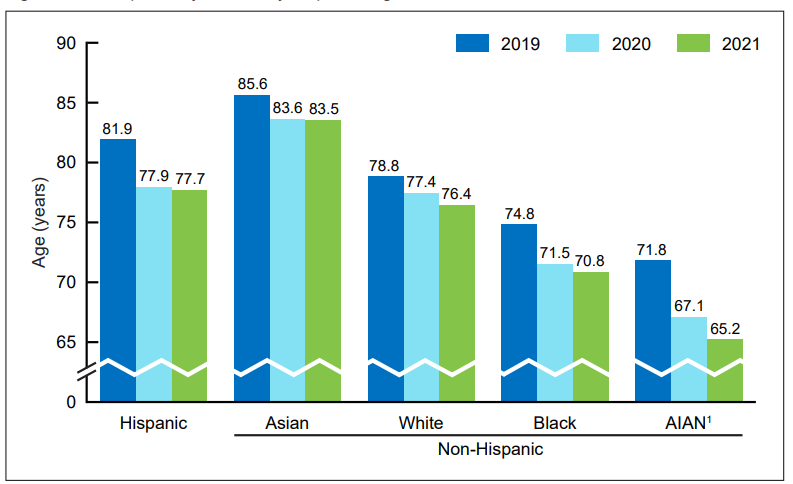Understanding the average age of death in the U.S. and its implications is crucial for grasping broader health trends. This article dives deep into the statistics, discusses what happened to cause recent changes, examines the influence of viral videos and leaked data, and offers insights into the latest updates on this vital issue.
What Happened: A Decline in Life Expectancy

Historical Context
The average age of death in the U.S. has seen various changes over the years. In 2020, it was recorded at 73.7 years old, a slight decrease of 0.09% from 2019’s average of 73.8 years. This shift, while seemingly minor, is part of a more significant trend affecting life expectancy in the U.S.
Impact of the COVID-19 Pandemic
A significant factor contributing to the recent decline in life expectancy is the COVID-19 pandemic. The pandemic has not only caused a high number of deaths directly due to the virus but also exacerbated other health issues. The overall life expectancy at birth dropped from 77.0 years in 2020 to 76.1 years in 2021, marking the lowest level since 1996. This 0.9-year drop in 2021, combined with a 1.8-year decline in 2020, represents the most considerable two-year decrease in life expectancy since 1921-1923.
Gender Differences
The decline in life expectancy has affected men and women differently. From 2020 to 2021, life expectancy for men dropped from 74.2 years to 73.2 years, a full year decrease. For women, the decline was 0.8 years, from 79.9 years to 79.1 years. These differences highlight the varying impacts of health crises and social factors on different demographics.
Latest Update: Current Life Expectancy Projections

Rebounding Trends
Despite the significant drops in the past two years, projections for 2024 show a slight rebound. The current life expectancy for the U.S. in 2024 is projected to be 79.25 years, a 0.18% increase from 2023. This improvement, while modest, indicates a slow recovery from the pandemic’s severe impacts.
Contributing Factors
Several factors contribute to these changes, including advancements in medical care, public health interventions, and efforts to address social determinants of health. However, challenges like drug overdoses and chronic diseases continue to pose significant risks.
Video Viral: The Role of Social Media in Spreading Awareness
Informative Content
Viral videos have played a crucial role in spreading awareness about life expectancy and health issues. Educational content on platforms like YouTube and TikTok often breaks down complex statistics into understandable and engaging formats, helping the public grasp the significance of these trends.
Influencer Impact
Health influencers and medical professionals use their platforms to discuss the average age of death in the U.S., sharing insights and preventative measures. Their reach and ability to engage with a broad audience contribute significantly to public awareness and education.
Leak Video: Uncovering Hidden Data

Revelations from Leaked Footage
Leaked videos and documents sometimes reveal critical information that might not be immediately available through official channels. For instance, leaks from healthcare organizations or government agencies can shed light on the internal deliberations and data that shape public health policies.
Public and Media Reaction
The public and media often react strongly to leaked information, sparking debates and calls for action. These reactions can lead to increased transparency and accountability in how health data is managed and communicated.
The Average Age of Death in the U.S.: An In-Depth Analysis
Historical Trends
Examining historical trends in the average age of death provides valuable context. Over the past century, life expectancy in the U.S. has generally increased due to improvements in healthcare, nutrition, and living conditions. However, recent declines remind us that these gains can be fragile.
Recent Declines
The recent declines in life expectancy have been driven by several factors, including the COVID-19 pandemic, rising rates of drug overdoses, and other health crises. These issues underscore the need for comprehensive public health strategies to address multiple determinants of health.
Addressing the Causes of Decline
COVID-19 Pandemic
The pandemic has had a profound impact on life expectancy. Efforts to mitigate its effects include vaccination campaigns, public health measures, and improving healthcare infrastructure. Understanding the full impact of COVID-19 on life expectancy will require ongoing research and data analysis.
Drug Overdoses
The opioid crisis and other substance abuse issues have significantly contributed to declining life expectancy. Addressing this crisis involves a multi-faceted approach, including treatment programs, preventative measures, and policy changes.
Chronic Diseases
Chronic diseases such as heart disease, diabetes, and cancer continue to be leading causes of death in the U.S. Public health initiatives aimed at prevention, early detection, and effective management of these conditions are crucial for improving life expectancy.
The Role of Public Health Policy
Government Initiatives
Government initiatives play a vital role in addressing the factors affecting life expectancy. Policies that promote healthcare access, education, and socioeconomic support can help mitigate the impact of health crises.
Community Programs
Community programs focused on health education, nutrition, and exercise can also contribute to improving life expectancy. Grassroots efforts often address the specific needs of local populations, making them effective in promoting health and wellness.
Looking Ahead: Future Trends in Life Expectancy
Advances in Medical Technology
Advances in medical technology, such as genomics, telemedicine, and personalized medicine, hold promise for improving life expectancy. These innovations can lead to more effective treatments and preventative measures.
Socioeconomic Factors
Socioeconomic factors, including income inequality and access to education, significantly impact life expectancy. Efforts to address these disparities are essential for promoting health equity and improving overall life expectancy.
Global Comparisons
Comparing life expectancy trends in the U.S. with other countries provides valuable insights. Countries with higher life expectancy often have robust healthcare systems, strong social support networks, and comprehensive public health policies.
Conclusion
The average age of death in the U.S. is a critical indicator of the nation’s overall health and well-being. Recent declines in life expectancy highlight the impact of health crises like the COVID-19 pandemic and the opioid epidemic. However, the slight rebound projected for 2024 offers hope for recovery and improvement.
Addressing the underlying causes of these trends requires a comprehensive approach that includes public health policies, community programs, and advances in medical technology. By focusing on prevention, early intervention, and equitable access to healthcare, we can work towards improving life expectancy and ensuring a healthier future for all Americans.
In this journey, the role of viral videos and leaked data cannot be underestimated. These tools help spread awareness, educate the public, and drive necessary changes in health policies and practices. As we navigate the complexities of health and life expectancy, staying informed and engaged is more important than ever.
